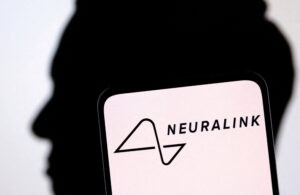Elon Musk’s Neuralink is making headlines again! This time, they’re searching for a new participant with disabilities to trial their brain-computer interface (BCI) technology. This implant has the potential to revolutionize how people interact with the world, allowing control of devices through thought alone.

What is Neuralink?
Neuralink is a neurotechnology company founded by Elon Musk to create a seamless interface between the human brain and computers. Their BCI technology involves surgically implanting a tiny chip with multiple electrodes into the brain. These electrodes can then detect neural signals, which a computer can interpret and use to control external devices.
The Next Step: Human Trials
Neuralink’s initial trials focused on individuals with paralysis. The first recipient, Noland Arbaugh, reported significant improvements in his ability to control his environment using the BCI. Now, Neuralink is seeking a new participant to test and refine their technology further.
What Could This Mean for People with Disabilities?
For individuals with paralysis or other neurological conditions that limit movement, a BCI like Neuralink’s could be life-changing. Imagine being able to control a prosthetic limb, operate a wheelchair, or even type on a computer using just your thoughts. This technology has the potential to restore independence and improve quality of life for millions.
Ethical Considerations
While the potential benefits of BCIs are undeniable, there are also ethical considerations. Brain-computer interfaces raise questions about privacy, security, and the potential for misuse. Additionally, the long-term effects of brain implants are still unknown.
The Future of Neuralink
Neuralink’s technology is still in its early stages, but it represents a significant step forward in the field of brain-computer interfaces. With successful human trials, this technology could become a reality for many people in the coming years.
Stay tuned for further developments as Neuralink continues to push the boundaries of human-machine interaction!





